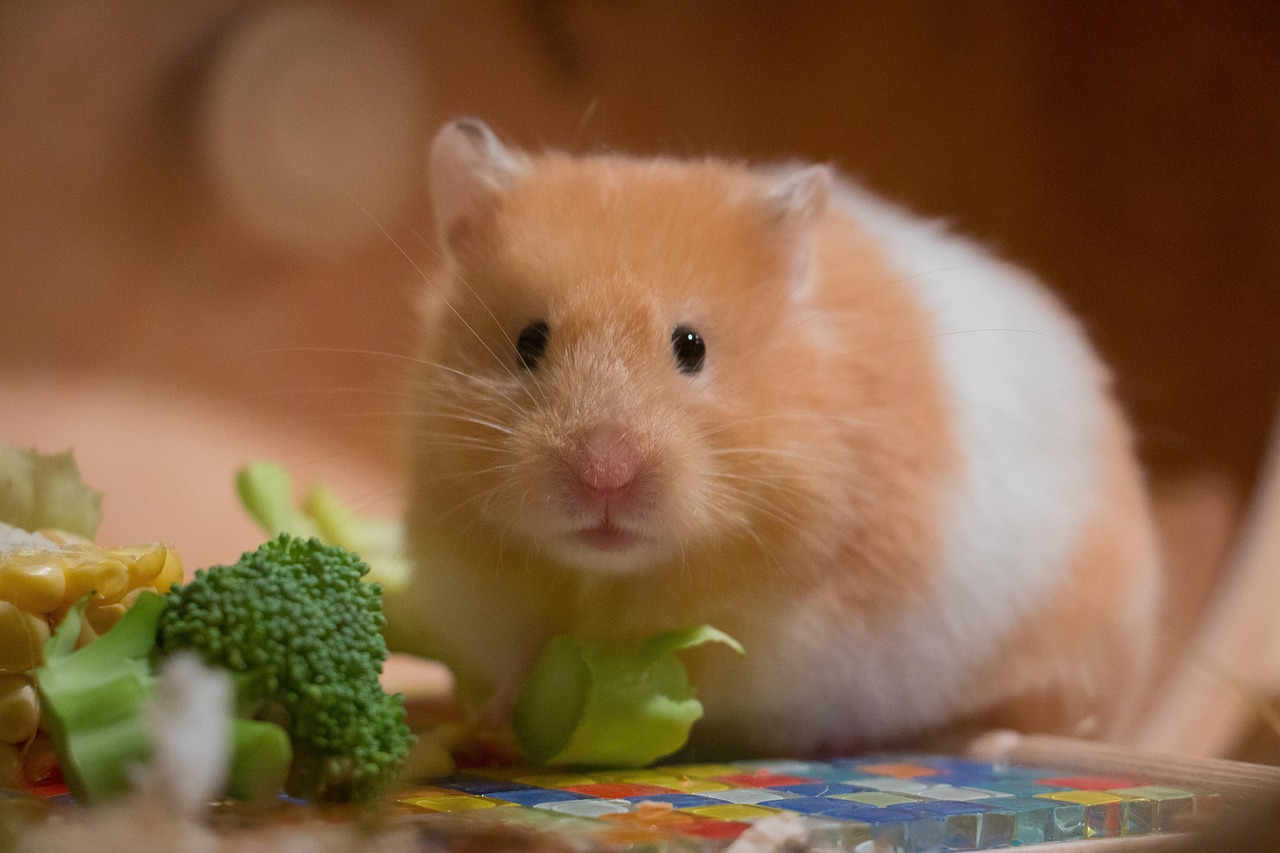Understanding the Secret Life of Hamsters
Hamsters are often considered as cute, low-maintenance pets. However, there's more to these small creatures than meets the eye. In this article, we delve into the fascinating world of hamsters, shedding light on their unique habits and characteristics, and revealing why they make such captivating companions.

A Peek into the Past: The Origins of Hamsters
Originating from the wilds of Syria, hamsters were first discovered in the 1800s. In their natural habitat, they adapted to harsh desert conditions, developing nocturnal habits to avoid predators and the extreme daytime heat. Their arrival into the pet industry was not until the 1930s when a zoologist named Israel Aharoni captured a mother and her litter, kickstarting their journey from wild creatures to cherished household pets.
Hamster Species: Variety in Miniature
The most common pet hamster is the Syrian or Golden hamster, known for its golden-brown coat. However, there are over 18 species of hamsters, including the Roborovski and Chinese dwarf hamsters, each with their unique coloration, size, and behavioral traits. This variety adds spice to the hamster-keeping hobby, allowing owners to choose a pet that best suits their lifestyle and preferences.
Hamsters in Modern Pet Culture
Today, hamsters are embraced as popular pets worldwide, especially among those living in apartments or small spaces. Their ease of care, adorable features, and intriguing behaviors have won the hearts of millions. The pet industry has responded with a myriad of hamster-specific products ranging from specialized feed, innovative cage designs to interactive toys.
The Economics of Hamster Keeping
Although hamsters are small in size, the market surrounding them is anything but. The global pet hamster products market is expected to grow by millions of dollars in the next few years. High-quality hamster cages can range from $50 to over $100, while monthly costs for food, bedding, and medical care can add up to a significant sum, demonstrating the economic impact of these tiny pets.
Hamster Behavior: More Than Just a Wheel Runner
Hamsters are famous for their wheel-running antics, but they have a rich behavioral repertoire beyond this. They are hoarders, storing food in cheek pouches, and are highly territorial. They communicate through a series of squeaks, squeals, and body postures. Their nocturnal nature often leads to fascinating night-time activity observations, adding allure to their pet status.
In conclusion, hamsters are intriguing pets with a rich history, varied species, and a significant cultural and economic impact. Their charming behaviors and adaptability to the modern, urban lifestyle make them a favorite among animal enthusiasts. As we continue to learn more about these mini mammals, their popularity as pets is only likely to increase.





